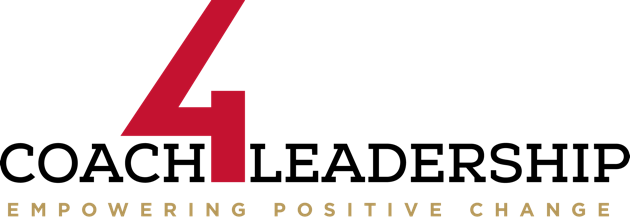Never mistake knowledge for wisdom. One helps you make a living; the other helps you make a life.” ~Sandra Carey
Category Archives: Teaching
Helping Conversation “Hats”: Summary
In this brief segment, we are going to wrap things up with our Helping Conversations series. In summary, Helping conversations center around 4 fundamental activities: Teaching, Mentoring. Consulting, and Coaching. Each conversation type is used for a different purpose and differs in its level of sophistication and the skill-set needed to carry it out.
Regardless of what we do, Leaders and those in positions of influence need to know the difference between each of these types of helping conversations and how to use them if they want to have maximum effectiveness and impact on the individuals and organizations they lead.
Hopefully, this series has facilitated greater awareness, increased your ability to distinguish between Teaching, Mentoring, Consulting and Coaching conversations, and will help you to be able to identify which conversation is needed with which person, and at what time in order to empower positive change.
I would love to hear your thoughts, additional insights, and the impact you have had on others as well as your comments and feedback.
Best,
Rob
Never waste your time trying to explain who you are to people who are committed to misunderstanding you ~Dream Hampton
Intent must be Clarified before Content is given or it will be misunderstood
Helping Conversation “Hats”: The Teaching Hat
The Teaching Hat is perhaps the easiest of the helping conversation hats to wear and the one worn most often. However, if all you wear is the teaching hat then you severely limit your ability to help others. Find out why.
I would love to hear your thoughts, the impact you have had on others as well as your comments and feedback.
Best,
Rob
Helping Conversation “Hats”: An Introduction
Helping conversations allow you to engage in 4 fundamental activities: Teaching, Mentoring, Consulting and Coaching. Regardless of what you do, if you are in a leadership position or position of influence then knowing which “Hat” to wear, for What purpose, When and with Who can be crucial for your success and ability to make maximum impact.
This video post will introduce the topic and over the next several posts I am going to define each type of “Hat” as well as discuss the related three “Ws” above.
I look forward to hearing your thoughts, your impact on others as well as your comments and feedback.
Rob
